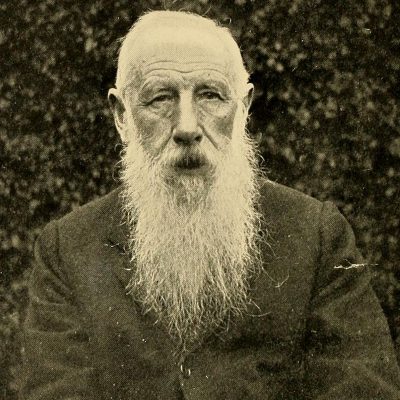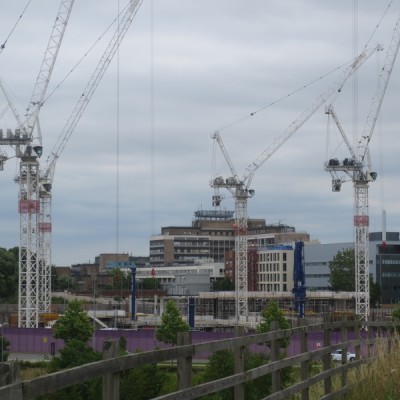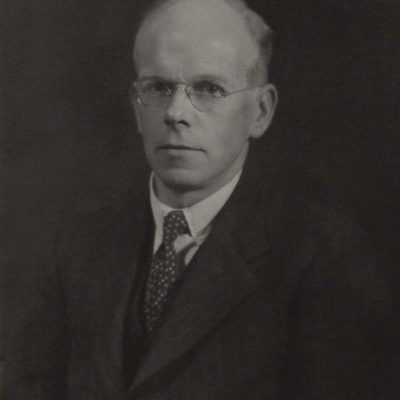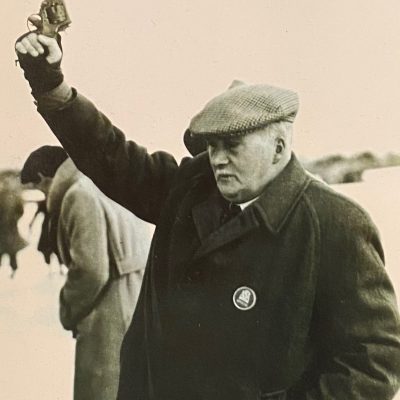Search by topic
- archaeology
- Building of Local Interest
- charity
- church
- crime
- dressmaker
- fire
- Great Eastern Railway
- Listed building
- Mapping Relief
- medieval
- oral history
- poverty
- Public House
- Rattee & Kett
- Religious House
- Roman
- scholar
- school
- Then and Now
- tudor
- women
- work
- world war one
- world war two
Search by text
 by Bassano, vintage print, 17 July 1939
by Bassano, vintage print, 17 July 19391 Luard Road, Wexcombe
History of 1 Luard Road
The house was built in 1907 and the carved stone key piece to the front door is inscribed Southview, which suggests that no.2 opposite had not been built and that Wexcombe was a later name.
1911
Robert Stewart Whipple 39, scientific instrument maker, born Surrey
Helen Whipple, 29, born Glasgow
Elizabeth Martha Whipple, mother, 65, born Battersea
Lucy Ella Spencer, mother’s help, 22, born Notts
Ida May Spencer, visitor, 17, born Notts
Selina Wells, maidservant, 20, born Fordham
Ruth Mini Whipple, daughter, 5, born Chesterton
George Allan Whipple, son, 3, born Duxford
Robert Stewart Whipple was a businessman in the British scientific instrument trade, collector of science books and scientific instruments and an author on their history. He amassed a unique collection of antique scientific instruments which he later donated to found the Whipple Museum of the History of Science in Cambridge in 1944. He became managing director and then chairman of the Cambridge Scientific Instrument Company.
For photos see also:
http://www.sites.hps.cam.ac.uk/whipple/aboutthemuseum/robertwhipple/
Arthur D Billett b. 1894, was a corporal with the Essex Yeomanry & Corps of Dragoons. He married in 1916 Emma Dorothy Baynes, aged 23, nursemaid at Wexcombe.
1912
60V AC lights installed by Cambridge Electric Light Company. TH adds that when they bought the house in 2002: the shipping label was still attached to the cables under the upstairs floorboards that powered the downstairs lights. There was a transformer which transformed down from the 200V Cambridge Electric Light voltage to the 60V needed for the lights, which Christopher used to buy bulbs in specially for from Phillips in Holland. In front of this was a temporary transformer, fitted in 1956(?) which transformed down from the new fangled 240V to 200V, that then went through the original 1912 one to 60V. This had a label on it saying that ‘on no account must the transformer still be in use longer than 18 months after installation!’. It was still powering the lights nearly 50 years later. I imagine all this was fitted by Mr Whipple of the Whipple Museum fame. They probably also extended the rear of the house to add a nursery, pantry and kitchen to the rear
1935
John Hammond, MA
Sir John Hammond KCBE, MA, DSC, FRS (1889-1964 was a physiologist, agricultural research scientist, and veterinarian known for his pioneering work in artificial insemination. he was educated at Downing College and was for most of his life a fellow of that college. His book The Artifical Insemination of Cattle (1947) was the first comprehensive book on AI published in England. He ended his life see by many as the father of modern animal physiology. His two sons, John and Christopher, followed him in his work. See:
https://en.wikipedia.org/wiki/John_Hammond_(physiologist)
His son Christopher Hammond continued to live at the house until his death in 2002, aged 84.
Contribute
Do you have any information about the people or places in this article? If so, then please let us know using the Contact page or by emailing capturingcambridge@
License
This work is licensed under CC BY-NC-SA 4.0









